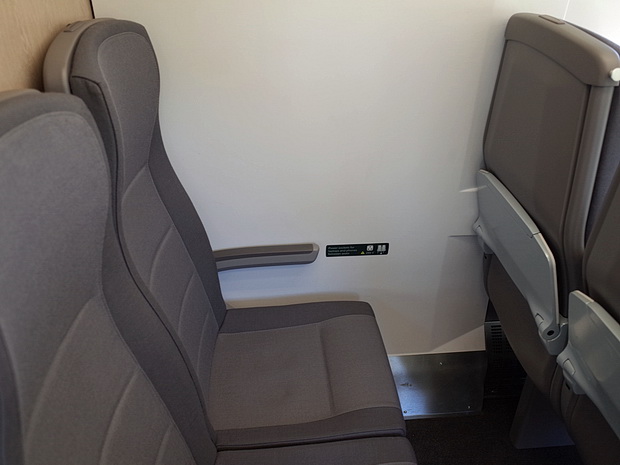With regards to your later point - Do we know how much GWR are paying per carriage per year for both the IET sets and the ROSCO sets though? Although the ROSCO sets are c2.4 mil per carriage so on paper clearly much much cheaper, presumably they (the ROSCO) will be looking to recoup the c.2.4 mil over a much shorter time period than the IET programme which is for 27 years as there is no guarantee that GWR couldn’t just dump them after 10years (eg Class 458/460) and they (the ROSCO) might struggle to find other users.
A good question!
I think that, at present, we won't find any numbers which will give an accurate answer. One of the problems is that the way that the franchisee (GWR or its successor) pays for the trains is not strictly comparable between the two procurement models. So I apologise in advance for not giving a simple straight answer.
For the trains supplied under the IEP Train Service Provision deal essentially the franchisee only pays in full for a completed diagram; once the diagram is completed then no further payments are due. In a sense it's a 'power by the hour' deal and outside the contracted hours Agility Trains receives no payment from the franchisee. So given enough information it should be possible to calculate how much the franchisee pays per
supplied coach per year, and the figures I put in an earlier post suggested that these payments are around £20,000 per coach per month more than a Pendolino. (I do have the Pendolino numbers somewhere - they were originally published in, I think,
Modern Railways some years ago but I'm not going to search for them now, it's nearly my bed-time!). However in order to reduce the risk of not being able to supply a train for a diagram - and therefore not getting paid - it has been reported that Agility Trains has not aimed for a very high utilisation of its fleet. In other words in order to cover its costs it needs to charge more per coach
supplied per day to cover the costs of ownership of the extra coaches.
In the case of trains leased from a ROSCO the franchisee pays the lease whether or not the train is in service - and in this case the lease payments per coach per year are calculable, but only if someone is kind enough to reveal the lease rates. Nevertheless an approximation can be made using the published figures but one needs to make some heroic assumptions about future interest rates, amortisation periods and so on - so at best one can only calculate a possible range of leasing costs.
The lease payments will also vary depending on how much of the running maintenance is taken over by the ROSCO, whether maintenance is sub-contracted by the ROSCO or by the franchisee directly or even whether the franchisee carries out the maintenance 'in-house'.
Regarding the risk that a successor to GWR does not take on the trains for a future franchise period. In order to raise the necessary finance for the purchase of the trains this possibility will have been considered and the deal between the ROSCO and its financial partners will have factored this risk into the ROSCO's payments; in turn it will affect the lease payments made by the TOC. The DfT also has the power to classify the trains (and other assets) as a 'franchise asset' meaning that any future franchisee will be obliged to continue to lease the trains - in which case this risk disappears.
The ORR published an informative document in January 2015
Understanding the Rolling Stock Costs of TOCs in the UK. I don't have a URL but a search engine of your choice should find it. Although some of the numbers may need to be updated a bit it is a comprehensive description of the factors affecting the TOCs costs.


